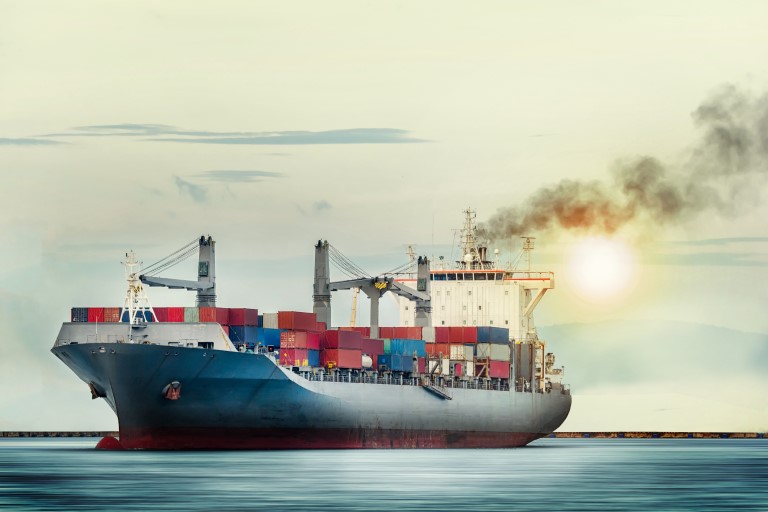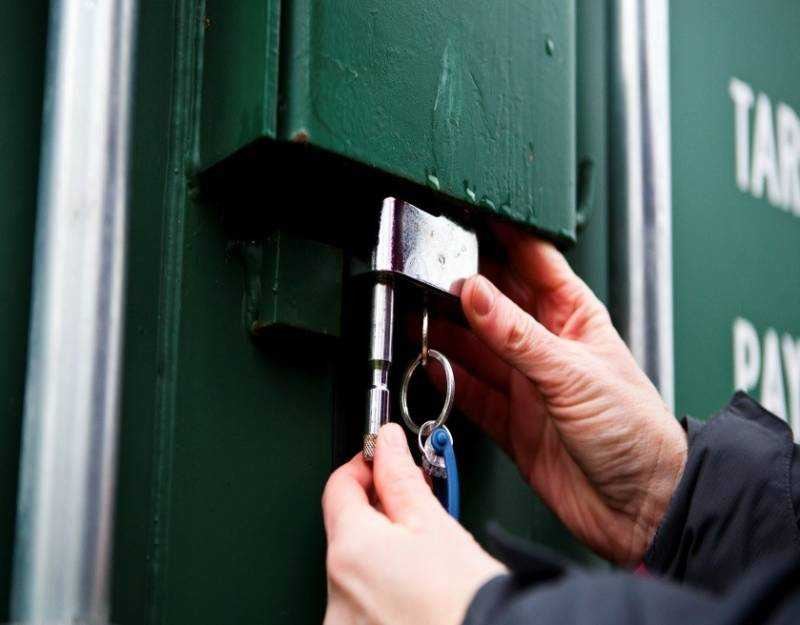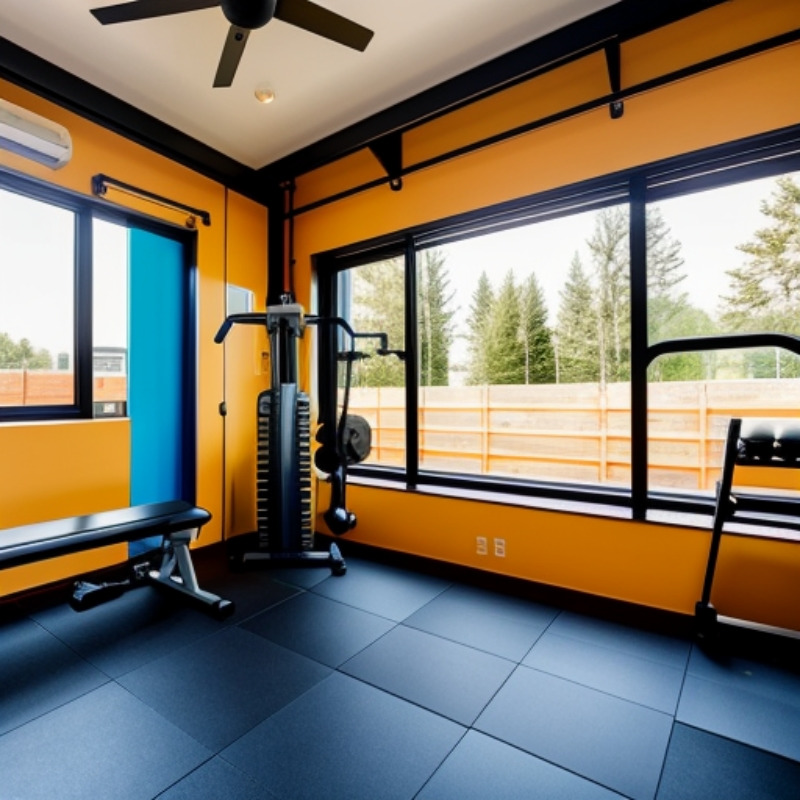Before modern-day shipping containers appeared in the mid-20th century, the loading and unloading of ships was a very labour intensive and time-consuming exercise. Barrels, sacks and wooden crates of various sizes and shapes were used for carrying goods to the port, where they were loaded onto the dock, then transferred to waiting ships for their ocean journey.
This long process was called break-bulk shipping and as a result ships often spent more time at the ports waiting for loading and unloading, than at sea. As well, the goods transported back then were raw materials and non-perishable items that could survive long journeys at sea and didn’t need special containers – such as the reefer containers we have these days to keep foodstuffs fresh.
Shipping containers & the coal mining industry

It was coal mining in England that gave a big push to the development of containers in the late 1700s. Horse-drawn wagons were built to carry wooden boxes containing huge amounts of coal from the mines. These were transshipped from canal barges and loaded onto ferries.
Soon the wooden boxes began to be carried on railroads. The big rectangular timber boxes were placed on the flat wagon of the train to convey coal from one area to another and then the same boxes were transferred using horse-drawn carts to the destinations where the trains couldn’t reach.
Though the boxes could be easily stacked upon each other they were neither sturdy nor easy to handle. By the 1840s iron boxes were being used instead of timber.
The use of shipping containers during World War II
The development of shipping containers got a further push when the US Army used specialised shipping containers to hasten the task of loading and unloading war machinery and other supplies during World War II. Back then they were called ‘transporters’. An average transporter was around 2.5 feet long, 6.25 feet wide and 6.83 feet high. These were reusable containers with an average capacity of 9,000 pounds and they were made of rigid steel.
Invention of modern-day shipping containers in the 1950s
In 1955 a trucking business owner from North Carolina, USA, Malcom P. McLean, bought a steamship company so that he could transport entire truck trailers with their cargo still inside.
McLean believed that it would save lots of time and money if the truck trailers and containers themselves were loaded onto the steamship instead of moving the goods to different containers. He figured it would also be beneficial for the goods themselves since there was often damage during unloading and reloading.

On April 26, 1956, 58 shipping containers were carried from Newark to Houston in a refitted oil tanker named “SS Ideal X”, and this was the first step towards the shipping container industry as we know it.
There were some issues, however, the truck trailers with shipping containers on them tremendously increased the weight of the cargo and the trucks couldn’t be stacked upon each other. McLean kept redesigning and eventually came up with the idea of building his trucks in two pieces. The top piece, the container, could be detached and lifted to the ship or the train or the truck for further transportation.
McLean’s approach was towards a system called ‘intermodalism’. According to this system, the shipping container could be carried using ships, trucks and trains without ever having to transport goods from one container to another.
Such containers came to be known as ‘intermodal containers’ later on. They could be simply lifted off one carrier and put on another by gantry cranes. Now, more than 60% of the goods shipped via the ocean are inside intermodal shipping containers.
Shipping containers go global in the 1960s & 1970s
On May 6, 1966 a container ship transported 236 containers from Port Elizabeth in the USA, to Rotterdam in the Netherlands, this was the first international voyage for McLean’s company Sea-Land Service, Inc. The problem McLean faced, however, was with the size of the containers and the width of the roads in Europe. These were very narrow and made it extremely difficult for the trucks carrying the containers to navigate. The containers were designed according to American standards – 35 feet ASA containers.
In the late 1960s the U.S. Government invited Sea-Land Service, Inc to start shipping containers to South Vietnam and McLean insisted on standardising shipping containers to dramatically reduce labour and time. By the mid-1970s all shipping lines were using modern-day shipping containers.
The ISO standard was adopted later on and shipping containers were manufactured with standard sizes of 10, 20, 30 and 40 feet in length and 8 or 8.6 feet in height. Since roads in Europe were narrower compared to America, the width of 2.50 m for inland containers was also added to the ISO standard. Today, with ever increasing demands from various industries, there is also a requirement for bigger containers and this has resulted in “jumbo” containers of 48 feet length but they’re not part of the ISO standard.
These days, an average shipping container can handle more than 16,000 containers on a single journey – mega cargo ships are designed to carry over 20,000 containers.
20 Ways The Shipping Container Took Over The World
Our friends at Container Home Plans decided to plot the shipping container’s ascent to greatest in this infographic:
Courtesy of: containerhomeplans.org

Shipping containers totally suited to your requirements
Malcom P. McLean has been dubbed the ‘father of containerisation’. His innovative designs led to the development of modern-day shipping containers which have completely altered the world’s economy. Without shipping containers, there would be no globalisation. At Gateway Containers we are proud to be a part of this history and it is our constant effort to make transportation of goods across cities, states, continents and oceans as seamless for you as possible. We have all ISO standard containers for hire or purchase – as well as different sizes and grades available. Contact our team at Gateway Containers and we will help you find the perfect shipping container to suit your requirements.





